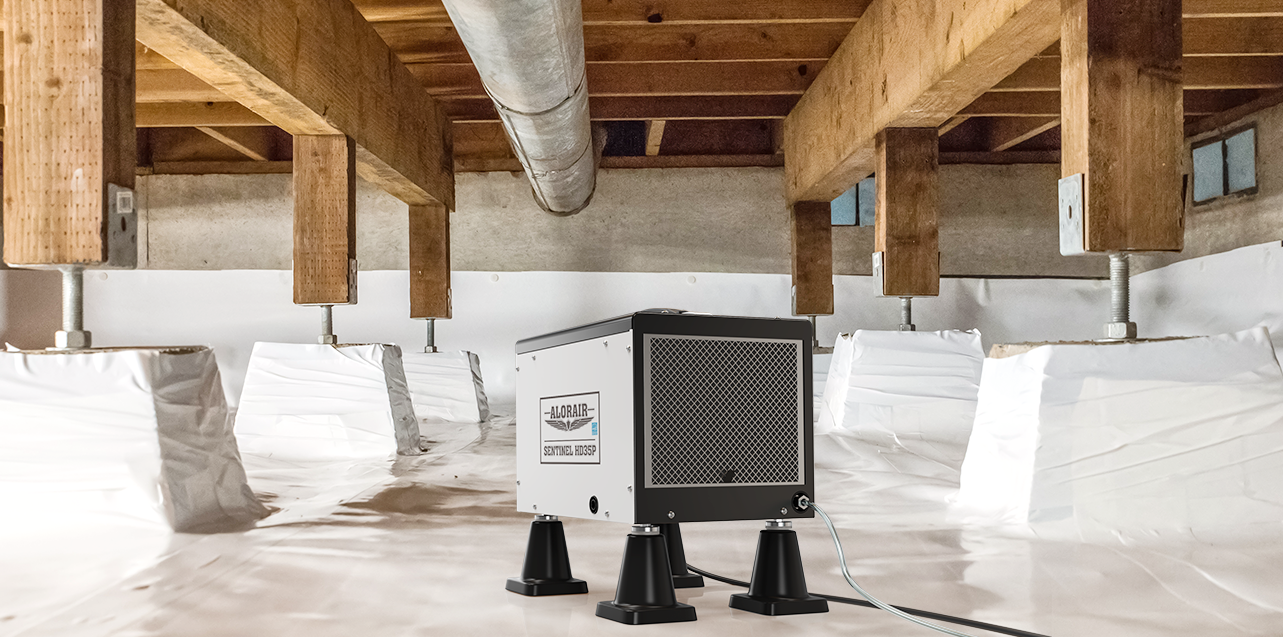Search


Learn the pros and cons of renting vs. buying a dehumidifier. Knowing factors like cost, duration of use, and storage can help you make the decision that’s right for you.
Read More
Discover 10 practical alternatives to dehumidifiers for reducing humidity in your home, from ventilation to moisture-absorbing materials and houseplants.
Read More
Using dehumidifiers and air conditioners together not only offers potential energy savings but also provides several additional benefits. Lower humidity levels can reduce mold growth, mildew, and dust mites, leading...
Read More
Maintaining the right level of humidity is essential for a comfortable and healthy lifestyle. High humidity levels can cause many issues like wood rot, mold growth, and poor air quality,...
Read More
Discover how to optimize indoor air quality with effective air filtration systems like Alorair. Learn about choosing the right system, proper sizing and placement, understanding filtration efficiency, and more to...
Read More
One of the biggest factors in deciding which dehumidifier is right for you is the size of the space you need to dry. Choosing a model that is too large...
Read More
Crawl spaces are narrow, unused, and unoccupied spaces between the ground and ground floors. It's a common component of many homes, and while it can be used for a variety...
Read More
Yes, dehumidifiers naturally generate a small amount of heat when they run. However, most customers don't notice because the added heat is very small and the dehumidifier removes moisture from...
Read More
Yes, you can install a regular dehumidifier in your crawl space. What you must do, however, is keep draining the collected water through a pipe to the sewer so that...
Read More
Studies have shown that crawlspace wood should have a moisture content between 7% and 19%. There is some variation in wood moisture content, but it should not be too low...
Read More